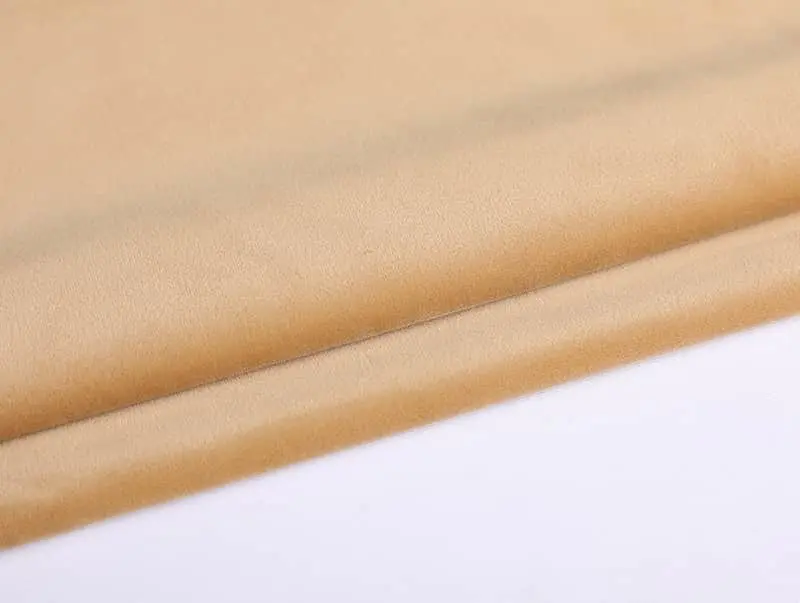Different dyes and finishes can significantly impact the colorfastness and texture of velvet upholstery fabric. Here’s how they influence these properties:
1.Dyes
Colorfastness:
Types of Dyes: The type of dye used (e.g., reactive, acid, or vat dyes) affects how well the color adheres to the fabric and resists fading. For example, reactive dyes generally offer better colorfastness compared to some other dye types.
Lightfastness: Some dyes are more resistant to fading when exposed to sunlight. Lightfastness varies depending on the dye type and the fabric’s exposure to UV light.
Washing Resistance: Colorfastness to washing depends on the dye's ability to withstand repeated laundering. High-quality dyes are less likely to bleed or fade with washing.
Texture:
Dyeing Process: The dyeing method (e.g., piece dyeing, solution dyeing) can affect the fabric’s texture. For example, solution dyeing, where the dye is added during fiber production, can lead to more uniform color without affecting the fabric’s texture.
Dye Load: A higher concentration of dye can sometimes alter the fabric's texture by making it stiffer or less pliable, though this is less common with modern dyeing techniques.

2. Finishes
Colorfastness:
Chemical Finishes: Some finishes, such as those that add a protective coating to the fabric, can enhance colorfastness by reducing the impact of environmental factors like sunlight and moisture.
Wear Resistance: Finishes that improve the fabric’s resistance to abrasion and wear can help maintain the appearance and color of velvet upholstery over time.
Texture:
Finish Types: Different finishes, such as brushing, embossing, or adding a protective layer, can alter the texture of velvet. For instance, a finishing process that adds a protective coating might make the fabric feel slightly less plush but more durable.
Softness and Luster: The application of certain finishes can either enhance or diminish the softness and sheen of the velvet. For example, a silicon-based finish might make the fabric feel smoother but could reduce its natural sheen.
Overall Impact
Consistency: The combination of dyes and finishes can affect the overall consistency of color and texture. High-quality finishes and dyes generally ensure that the color remains vibrant and the texture remains consistent throughout the fabric's lifespan.
Maintenance: The choice of dyes and finishes affects how easily the fabric can be cleaned and maintained. Some finishes make velvet more stain-resistant, while others might require special cleaning methods to preserve color and texture.
Different dyes and finishes play crucial roles in determining the colorfastness and texture of velvet upholstery fabric. Choosing the right combination can enhance the fabric’s durability, appearance, and ease of maintenance.











